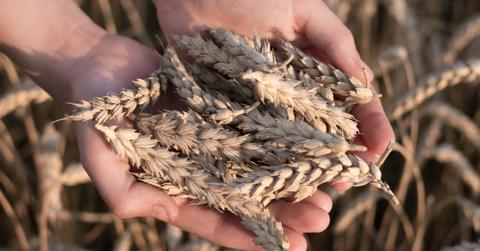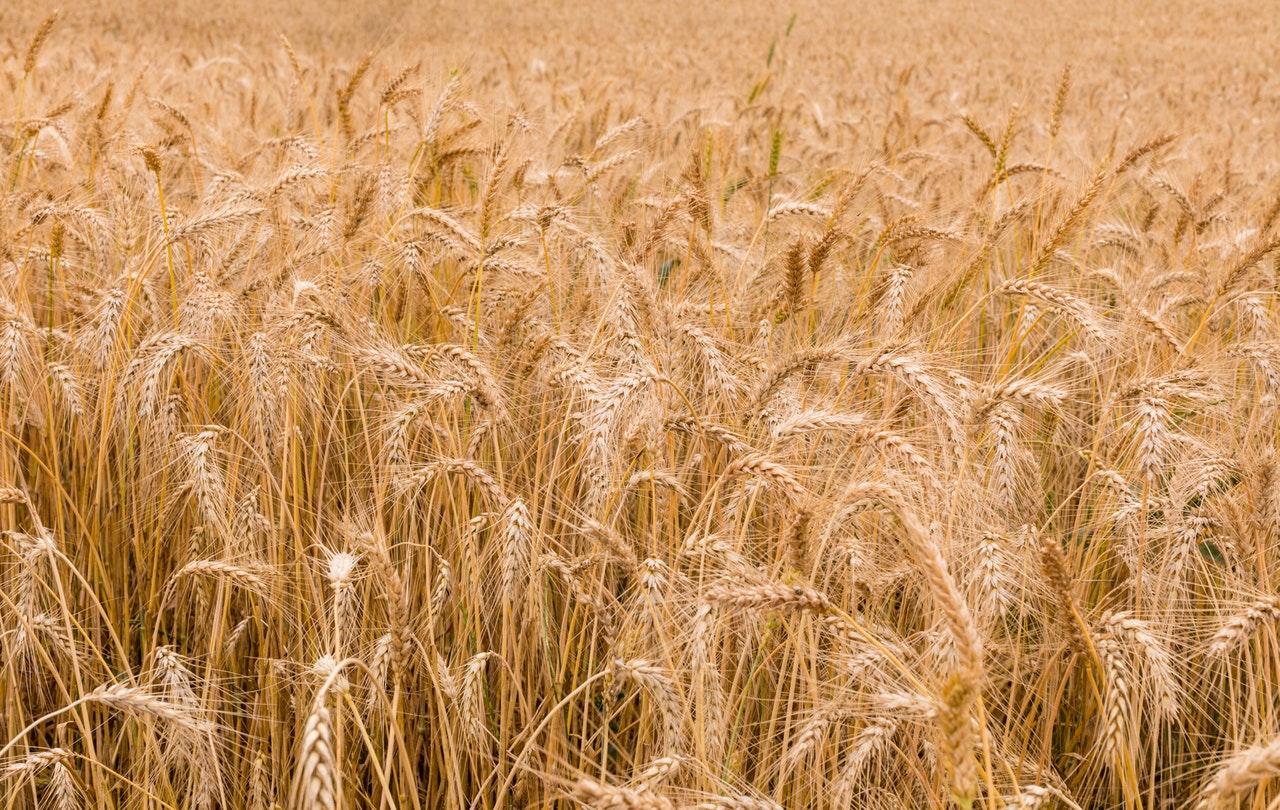How to Invest in Wheat Amid Supply Disruption and Shortage Fears
Wheat prices hit their all-time highs earlier in March amid the Russia-Ukraine war. What are the different ways that you can invest in wheat?
March 21 2022, Published 8:43 a.m. ET
Wheat prices hit their all-time highs earlier in March amid the Russia-Ukraine war. While prices have since come off their highs, they will likely increase again due to supply disruption fears. What are the different ways that you can invest in wheat?
Wheat is among the commodities that have seen an upwards price action amid the Russia-Ukraine war. Other commodities where Russia is a major supplier like aluminum, nickel, palladium, and coal have also risen. Global energy prices increased, which led to higher gasoline prices for consumers globally and raised inflation fears.
How can you invest in wheat?
There are several ways that you can invest in wheat. For pure-play exposure to wheat, you can consider trading in wheat futures. If you want somewhat long-term exposure to wheat, you can look at wheat ETFs. If you want a heavily leveraged short-term bet on wheat prices with a high risk-high return trade-off, you can even consider trading in wheat CFDs.
Investing in wheat stocks is an alternative way to invest in wheat. The price action of wheat stocks tracks the movement in wheat prices. Similarly, you might choose from ETFs of companies that invest in companies producing agricultural goods.
How to invest in wheat futures?
Wheat futures trade on the CBOT. To trade in wheat futures, you would need to open an account with any of the brokers that offer trading in wheat futures. However, it's worth noting that trading in derivatives like futures is risky and might lead to erosion of the entire capital if the trade goes wrong.
What are the best wheat ETFs?
The Teucrium Wheat Fund (WEAT) is a pure-play wheat ETF. It has gained 35 percent in 2022 based on the closing prices on March 18. The ETF has an expense ratio of 1.14 percent and options are also available to trade.
The Invesco DB Agriculture Fund is another ETF to gain exposure to wheat. It's a diversified ETF of agricultural commodities but wheat futures account for almost 15 percent of its portfolio.
Wheat stocks will also benefit from higher prices.
American multinational food company Archer-Daniels-Midland Co. (ADM) is one wheat stock that you can consider. Andersons is another company that has exposure to wheat through its plant nutrients and logistics business.
Farm equipment companies like Deere and crop nutrient makers like Mosaic Company are also a play on rising global farm produce prices. However, these companies wouldn't give you direct exposure to wheat.
Will there be a wheat shortage in 2022?
Russia and Ukraine are major wheat exporters and together account for over a fourth of global wheat exports. Ukraine is also termed as the "food basket of Europe." The country is a major supplier of food products to European countries.
Meanwhile, concerns over a global wheat shortage could be far-fetched. Countries like India, which is the world’s second-largest wheat producer with a massive wheat stock, can pitch in with higher exports. While there are concerns about the quality of grain and the logistics issues, the country is trying to get over the bottlenecks.
Should you invest in wheat?
Climate change has been playing havoc with global farm production and there doesn't appear to be an easy fix with extreme weather conditions becoming more frequent. This has meant intermittent issues with the production of agricultural products including wheat.
On the demand side, agricultural commodities like wheat have very low elasticity and the demand is gradually rising in line with the world population. From an investment perspective, agricultural commodities like wheat are good portfolio diversifiers, especially under the current inflationary environment.



